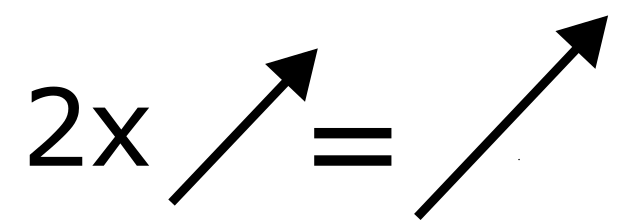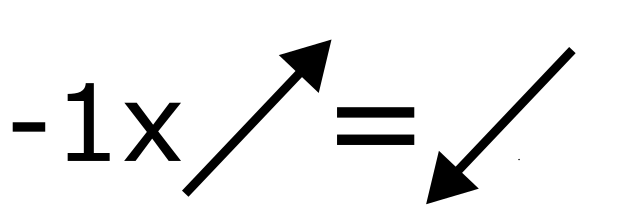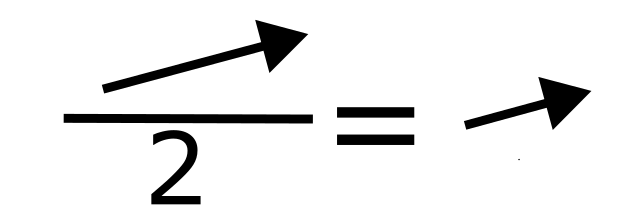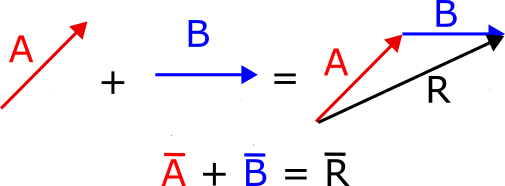Vector Mathematical Operations
Vectors can be manipulated mathematically in various ways to describe physical quantities and their interactions. Common operations include:
1. Scalar Multiplication
Scalar multiplication involves multiplying a vector by a scalar (a real number). This operation changes the magnitude of the vector while maintaining its direction, unless the scalar is negative, in which case the direction is reversed.
Multiply by 2

Doubles the vector's magnitude
Multiply by -1

Reverses the vector's direction.
Divide by 2

Reduces the vector's magnitude to half (like multiplying by 1/2).
2. Vector Addition
Vector addition combines two or more vectors to produce a resultant vector.


3. Vector Subtraction
Vector subtraction is a special case of vector addition. Instead of using the tip-to-tail method, the vectors are placed tail-to-tail, and the resultant vector is drawn from the tail of the first vector to where the heads of the two vectors would meet.Looking closely, it is possible to see that this is equivalent to adding the second vector in the negative direction. Using the tip-to-tail method, A + (-B) will produce the same result so A - B = A + (-B).

Interactive Vector Addition
Adjust the vector components and see the resultant vector directly on the graph.